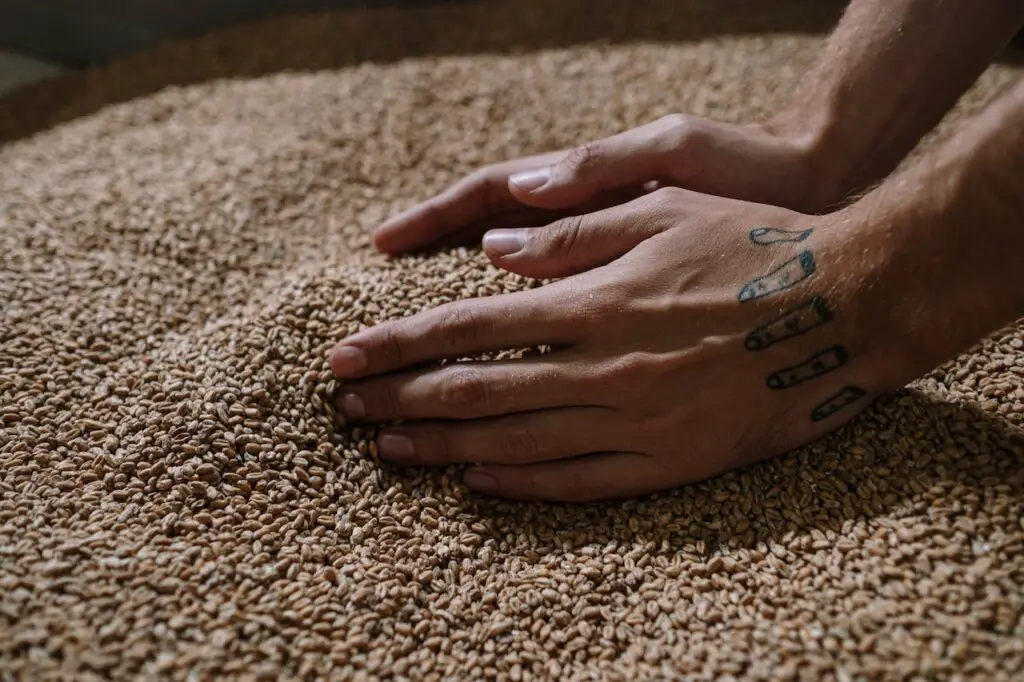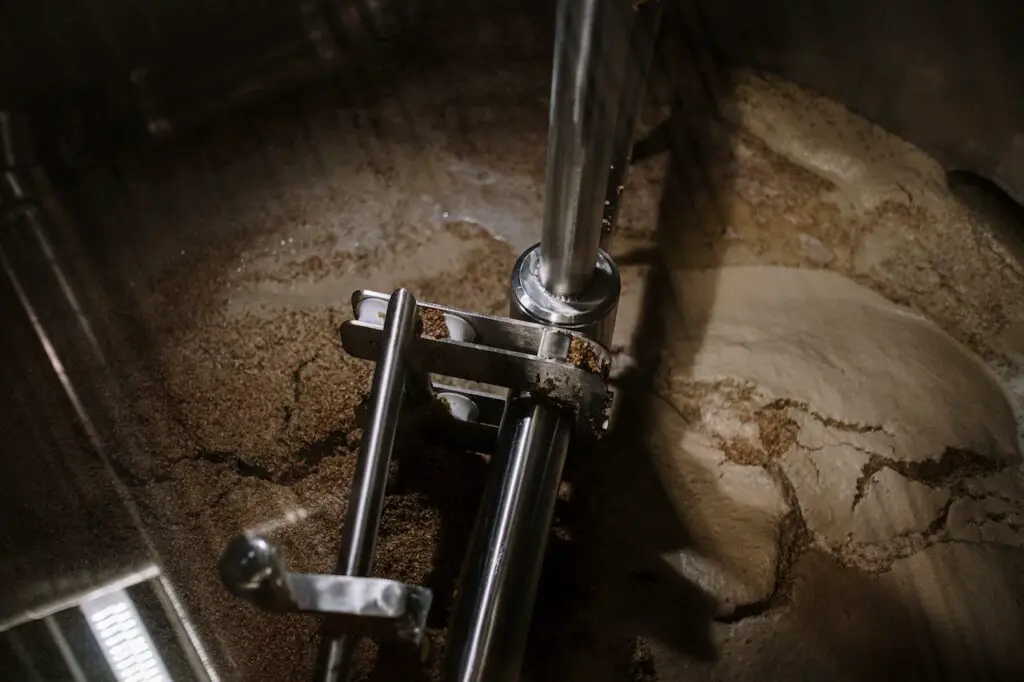If you buy something through a link in our posts, we may get a small share of the sale.
Homebrewers and professional brewers are developing new ways to produce great-tasting beer. No brewer wants to have a beer that doesn’t taste perfect, and one way to achieve this is to add a process called krausening. So, what is Krausening, and how does it work?
Contents
What Is Krausening?
Krausening is a traditional German brewing technique for carbonating beer before, during, and after fermentation. The process involves adding a small amount of young, actively fermenting beer to the brewed batch to help it naturally carbonate. The process provides malted sugar and yeast cells to restart fermentation, creating CO2 and alcohol.
The process can also induce fermentation in a different batch of beer. For instance, if a beer has been sitting in the fermenter for a while and fermentation has failed to commence or has stopped prematurely, krausening can be used to jump-start the process. The actively fermenting beer will help the wort in the dormant batch to start fermenting and will also add some CO2 to the mix.

In most cases, homebrewers will use force carbonation to carbonate their beer. However, brewers are becoming smart and are applying this krausening technique to improve the quality of their beer. In simple terms, it introduces healthy yeast cells, which improves the beer’s flavor, clarity, and overall quality.
History of Krausening
The history of krausening goes back to the early days of brewing. In those days, brewers didn’t have the technology or knowledge to force carbonate their beer. The only way they could achieve carbonation was by using this natural method.
The first instance of krausening was documented in 1516 in Bavaria, where the Duke of Bavaria, Wilhelm IV, made laws regulating the brewing process. In these laws, the brewers were not required to use sugar or honey to sweeten their beer. They could only use malt, water, and hops to make beer.
The Duke also decreed that the brewers could not add yeast to their wort. It was until the year 1993 that brewers started to use cane sugar and honey through “Reinheitsgebot” or the German Purity Law to sweeten their beer. It was also around this time that they started adding yeast to their wort.
How Does Krausening Work?
The process of krausening is simple. You’ll need to add a small batch of fresh wort to your mature beer just before bottling (or kegging). The unfermented wort contains active yeast cells that will carbonate your beer in the bottle (or keg). Most brewers using this method will make a starter wort a few days in advance, then add it to the final beer before packaging.
Before the krausening process begins, you will notice that your brew will bubble and burp as the carbon dioxide escapes. This is normal and nothing to worry about because the escaping gases help create an oxygen-free environment for the yeast cells to work. It also gets rid of any unwanted flavors that might be present in the beer.
The time it takes for krausening to work can vary, depending on the yeast strain and the temperature of the beer. Lagers usually take six to twenty-four hours to condition, while ales can be ready to drink in as little as six hours. Patience and observation are key when using this method. Once the beer is krausened, it will be carbonated and ready to enjoy!

What Are the Benefits of Applying the Krauseninhg Process?
Krauseneing comes with various benefits, especially regarding the quality of your beer. If you are a seasoned brewer, you don’t want to remain behind and miss out on these benefits. Some of the benefits of krausening include:
- It is a natural way to carbonate your beer.
- It adds healthy yeast cells to your beer, which improves its flavor, clarity, and overall quality.
- It is a simple process that does not require any special equipment.
- It is a fast process, and your beer will be ready to drink in a short amount of time.
- It is a great way to rescue a beer that has failed to ferment or has stopped fermenting prematurely.
- It adds CO2 to your beer, which can help preserve and keep it fresh for longer.
Frequently Asked Questions
Which Beers Are Krausened?
The beers that are most commonly krausened are lagers. This is because lagers require a longer aging time, and krausening can speed up the process. However, ales can also be krausened.
What Is Krausen Made Of?
Krausen is a form layer of foam that forms on the surface of fermenting wort. It is made of proteins, yeast cells, and hop resins. All these elements work together to create a foamy head rich in flavor and aroma.
Conclusion
Krausening is a natural process that brewers have used for centuries. It is a simple, efficient way to carbonate your beer and improve its flavor, clarity, and overall quality. If you are a brewer, this process is definitely worth trying out so that you have a delicious beer.

